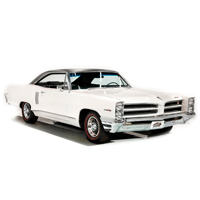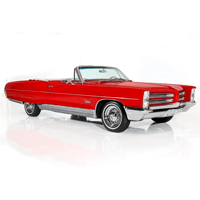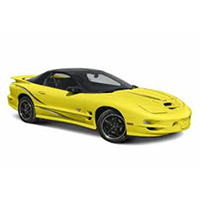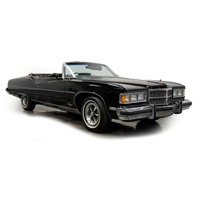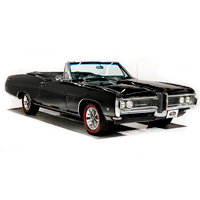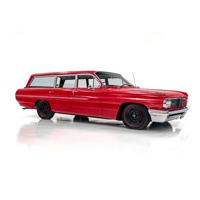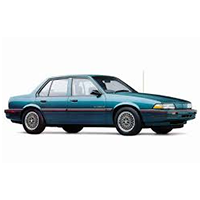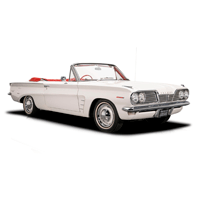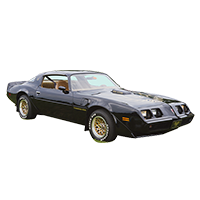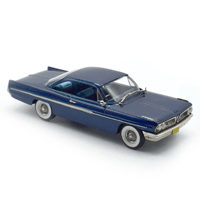
Catalog / Pontiac
Pontiac: The Rise and Fall of America's Performance Car Pioneer
Pontiac, a division of General Motors, was an iconic American automobile brand that left an indelible mark on the automotive industry. Founded in 1926 as a companion make for GM's Oakland brand, Pontiac quickly outshone its parent marque and became a standalone division by 1933. The brand was named after the famous Ottawa chief who led a rebellion against the British in the 18th century, reflecting a spirit of independence and rebellion that would come to define the brand.
In its early years, Pontiac was known for producing reliable and affordable mid-priced cars. However, the brand's identity underwent a dramatic transformation in the 1950s under the leadership of Semon 'Bunkie' Knudsen. Knudsen repositioned Pontiac as a performance brand, introducing V8 engines and sportier styling. This shift in focus laid the groundwork for Pontiac's most famous era.
The 1960s saw Pontiac rise to prominence as a leader in the muscle car segment. In 1964, the brand introduced the GTO, often credited as the first true muscle car. The GTO was essentially a mid-size Pontiac Tempest with a high-output V8 engine from a full-size car. This formula of putting a big engine in a smaller car became the blueprint for the muscle car era. The GTO was an instant hit, selling over 32,000 units in its first year and inspiring a wave of imitators from other manufacturers.
Throughout the 1960s and early 1970s, Pontiac continued to produce iconic muscle cars. The Firebird, introduced in 1967, became another legendary model, especially in its high-performance Trans Am variant. The 1977 Pontiac Firebird Trans Am gained particular fame after featuring prominently in the film 'Smokey and the Bandit,' cementing its status as a cultural icon.
Pontiac wasn't just about raw power, though. The brand was also known for its innovative designs and engineering. The 1961 Catalina 'bubble top' is considered one of the most beautiful cars of its era. The 1984 Fiero was a bold attempt at a mid-engine sports car, a rarity for American manufacturers at the time.
However, the 1970s brought challenges for Pontiac and the entire muscle car segment. The oil crisis and stricter emissions regulations forced a shift away from high-performance vehicles. Pontiac adapted by focusing on more fuel-efficient models, but struggled to maintain its performance image.
Despite these challenges, Pontiac had several bright spots in the following decades. The Firebird continued to be popular throughout the 1980s and 1990s. The Grand Prix and Bonneville were successful in the mid-size and full-size segments respectively. In the early 2000s, Pontiac attempted to recapture its performance image with models like the revived GTO (based on an Australian Holden model) and the sporty Solstice roadster.
Unfortunately, these efforts weren't enough to save the brand. As part of its restructuring during the 2008 financial crisis, General Motors announced that it would discontinue the Pontiac brand. The last Pontiac, a white G6 sedan, rolled off the assembly line on November 25, 2009, marking the end of an era in American automotive history.
Today, Pontiac cars, especially models from its muscle car heyday, are highly sought after by collectors and enthusiasts. The brand's legacy lives on in the memories of car lovers and in the influential designs and innovations it brought to the automotive world. Pontiac's story is one of American ingenuity, the thrill of performance, and the changing tides of the auto industry.

